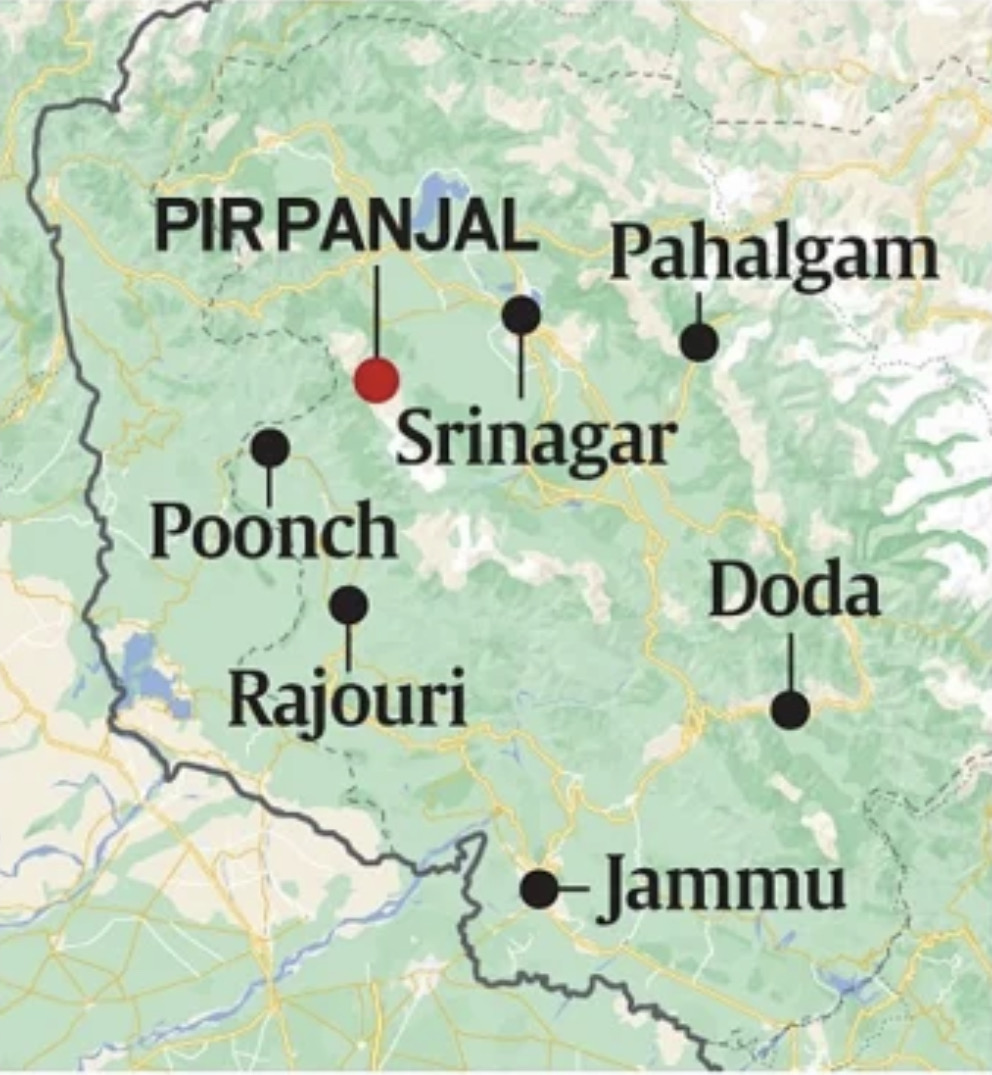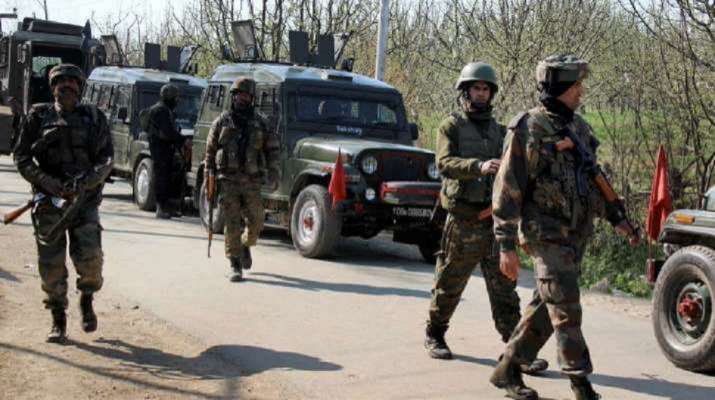Three districts of Jammu region i.e., Poonch, Rajouri and Jammu – in comparison to the strikes in the valley, have witnessed a lesser number, but more hostile, bloody and high-visibility terror attacks since 2021. Jammu, Rajouri and Poonch are constituents of the greater Jammu region and are located to the south and west of the Pir Panjal mountain range which separates them from the valley.

According to the data assessed between January 2021 and May 30, 2024, 75 civilians and 24 security personnel were killed on both sides of the Pir Panjal mountain range located in the union territory of Jammu and Kashmir.
Since 2021, 236 of the 251 terrorist-initiated violence took place in the valley and 15 of them in the three Jammu districts. The valley witnessed a comparatively higher number of terror incidents which accounts for 129, 100 and 7 in the years 2021, 2022 and 2024 (until May 30), whereas the three districts in the Jammu region underwent 2, 10 and 3 such incidents.
Since 2021, the number of civilian casualties has also increased in the valley with a death toll of 60, whereas the Jammu region has recorded 15 civilian deaths.
Even though the numeric data reflects a higher number of attacks and casualties in the valley as compared to the Jammu region, the change in the trend of the attacks has been noticed by the security establishment – high-impact attacks have been witnessed by the Jammu region South of the Pir Panjal range which have caused maximum damage. One of the recent such incidents happened on May 5, wherein five military personnel were killed in Rajouri in a forested area. Two weeks before this attack, on April 20, 5 soldiers were killed in Poonch when their truck was set alight.

In an attack on a military camp in Rajouri, in August 2022, five soldiers were killed and in October 2021, nine soldiers including a JCO, were killed in two separate attacks in the forests between Dehra Ki Gali and Bhata Durian. There have been several attacks on civilians as well.
According to a statement of a senior army officer, it is evident from the data that the terrorist infiltration happens from the lower mountainous regions of Poonch and Rajouri, where they stage visually grand incidents and then cross the Pir Panjal range to enter and situate themselves in the Valley region.
An official in the security establishment stated that through a lesser number but high-impact attacks which involve casualties of security personnel as well as civilians, the terrorists receive the publicity that they seek. Easier and all-weather infiltration routes are accessed from the South of the Pir Panjal mountain range. But since the terrorists do not have a sufficient logistics base in this region, the ones who are sent to infiltrate this region are more tough and hardened and aim for security personnel and civilians.
The official stated that because of the higher impact of the incidents in Jammu in comparison to the small scale and routine incidents in the Valley, even notorious incidents in the Valley fail to capture public attention at times, which they would have if they happened South of the Pir Panjal range.
According to sources, over the last five years, most of the ceasefire violations and terrorist infiltrations have happened through LOC adjoining the three Jammu districts. The various reasons cited as to why these regions are being increasingly targeted are the two main roads that pass through this region – the old Mughal Road and the Jammu-Srinagar highway; and the topography of the land, which has forested hills of lower altitude.













